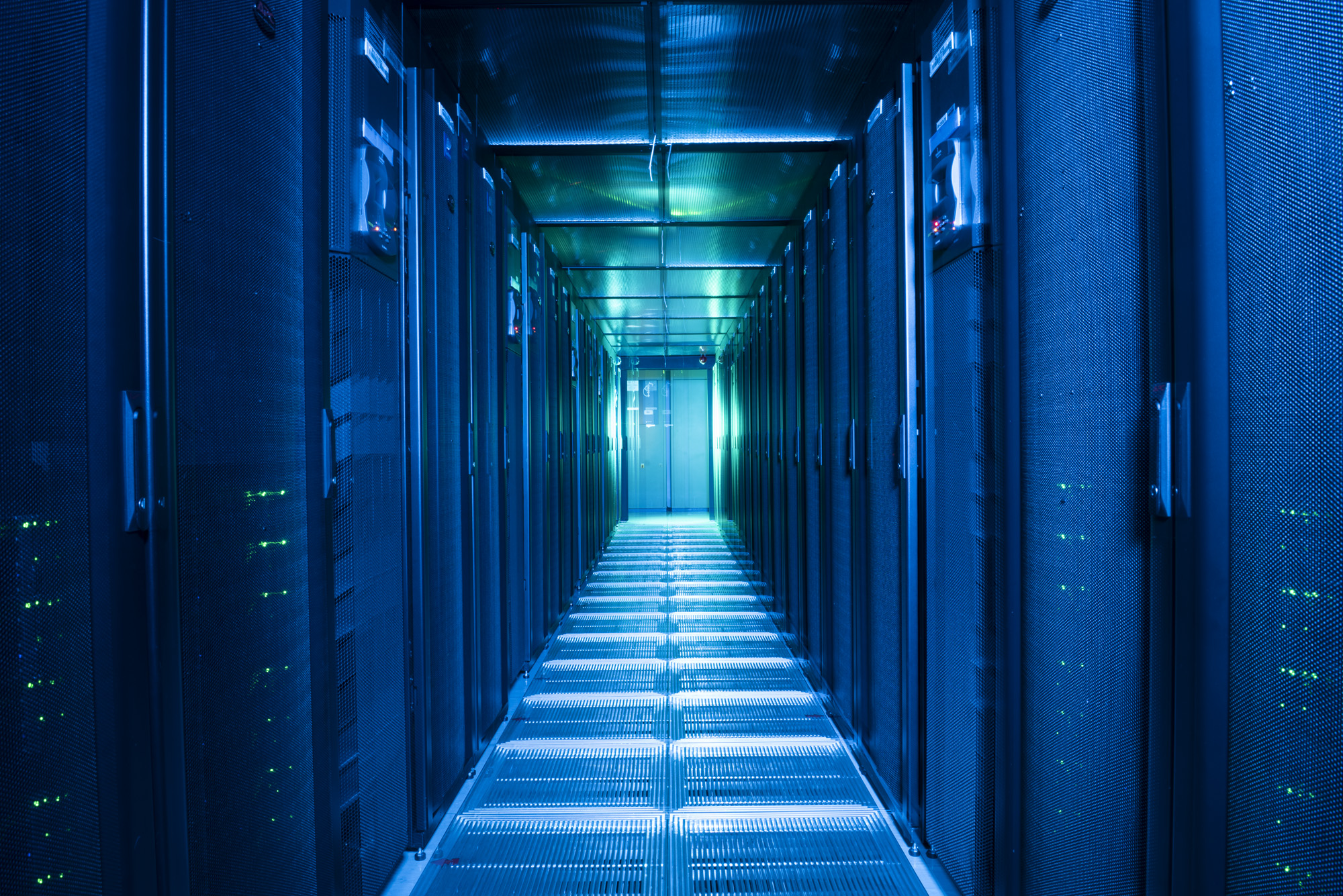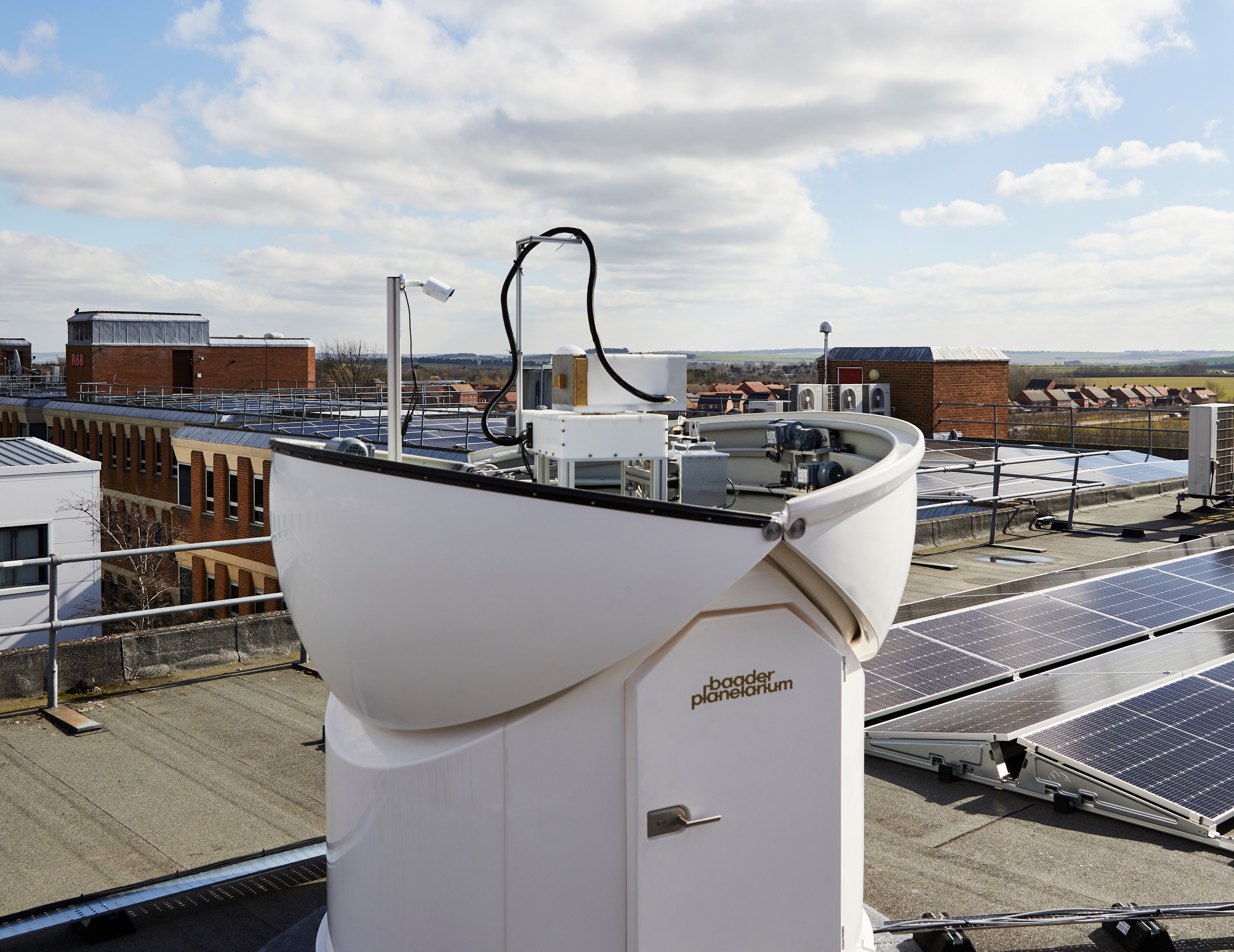“Net zero" refers to the target of achieving a perfect balance between the amount of greenhouse gases emitted into the atmosphere and those removed, to try to protect the Earth from climate change. The space sector plays an important role not only in reducing its own emissions, but in monitoring the progress of existing solutions and the general health of our planet.
In this article, we share some of the global net zero projects that RAL Space is involved with.
Monitoring carbon capture with LIRA
Many industries will not be able to eliminate carbon production completely, and therefore an increasing number of companies are using a technique called carbon capture. One such company is Carbfix, an Icelandic company turning carbon dioxide emitted at Reykjavik Energy's Hellisheiði geothermal power plant into rocks for long term storage.
The RAL Space Spectroscopy Group has developed and trialled a laser isotope ratio analyser (LIRA) in a turbine hall at the power plant. For two weeks it collected real time data on a specific isotope ratio. This ratio is important for geoscientists to track and help optimise the carbon capture processes.
Learn more about LIRA in this case study.

Net Zero Digital Research Infrastructure Scoping Project
The Centre for Environmental Data Analysis (CEDA) is based within RAL Space, and supports the environmental science community through access to the CEDA data archive and the powerful JASMIN data intensive supercomputer.
Digital research infrastructure (DRI), which includes supercomputers and archives like those at CEDA, are important for scientists monitoring climate change because they enable them to deal with huge amounts of environmental science data. However, the same infrastructures are carbon emitters because they rely on high energy consumption and computer hardware manufacture.
A core project team at CEDA is coordinating the UK Research and Innovation (UKRI) Net Zero DRI Scoping Project, which is building a community of researchers to collect evidence and form recommendations to work towards carbon neutral computing and data services for the research and innovation communities.
This project will cover all areas that influence net zero targets – ranging from policy decisions, procurement processes for hardware, changing behaviours of users and managers of DRI, and much more.
Learn more about the project in CEDA's blog post.

Total Carbon Column Observing Network (TCCON)
By looking at the Sun through the atmosphere, an instrument called a Fourier Transform Spectrometer can obtain accurate and precise average readings for a range of greenhouse gases from the ground to the top of the atmosphere – known as the “whole of the air column".
The Total Carbon Column Observing Network (TCCON), initiated by the California Institute of Technology in the USA, is a network of around 31 of these spectrometers located around the world. The network nature of TCCON is important because it increases the quality of the global greenhouse gas observing system.
The latest installation to join TCCON has been developed over the past five years with support from the Science and Technology Facilities Council (STFC) and the National Environment Research Council (NERC). Run by our Spectroscopy Group and based at the Rutherford Appleton Laboratory in Oxfordshire, this TCCON observing station is an important part of the UK's involvement in the international effort to assess and mitigate climate change.
Find out more here.

Measuring methane in the atmosphere
Scientists at RAL Space have developed a multi-year dataset using measurements from the Infrared Atmospheric Sounding Interferometer (IASI) on board EUMETSAT's MetOp satellite, which provides coverage every 12 hours, day and night, at all latitudes in all seasons.
This dataset shows tropospheric methane to be increasing at all latitudes, including the Arctic. Analysis should help scientists understand whether the Arctic increase is entirely due to transport of methane from lower latitude sources, including agriculture and industry, or possibly also as a result of thawing permafrost. This could improve our understanding of the relationships between methane and climate change.
Learn more here.
Monitoring the climate from space
RAL Space expertise and facilities also contribute to a wide range of space missions, many of which are providing valuable Earth Observation data. Data from satellites is important for scientists who are monitoring and understanding levels of atmospheric emissions, as well as evaluating efforts to mitigate them.
RAL Space is contributing to UK and international missions by providing research expertise, services and facilities. Earth Observation projects we are involved with include Microcarb, which will monitor carbon in the atmosphere, EUMETSAT's Meteosat and MetOp series of weather and climate monitoring satellites, and ESP-MACCS – a constellation of three satellites that is set to study how climate change is affecting the Earth's atmospheric processes.
Hugh Mortimer is an Earth observation instrumentation scientist. In this video he explains more about Earth observation, and his role in developing instruments that are being used to help understand the impacts of climate change.
